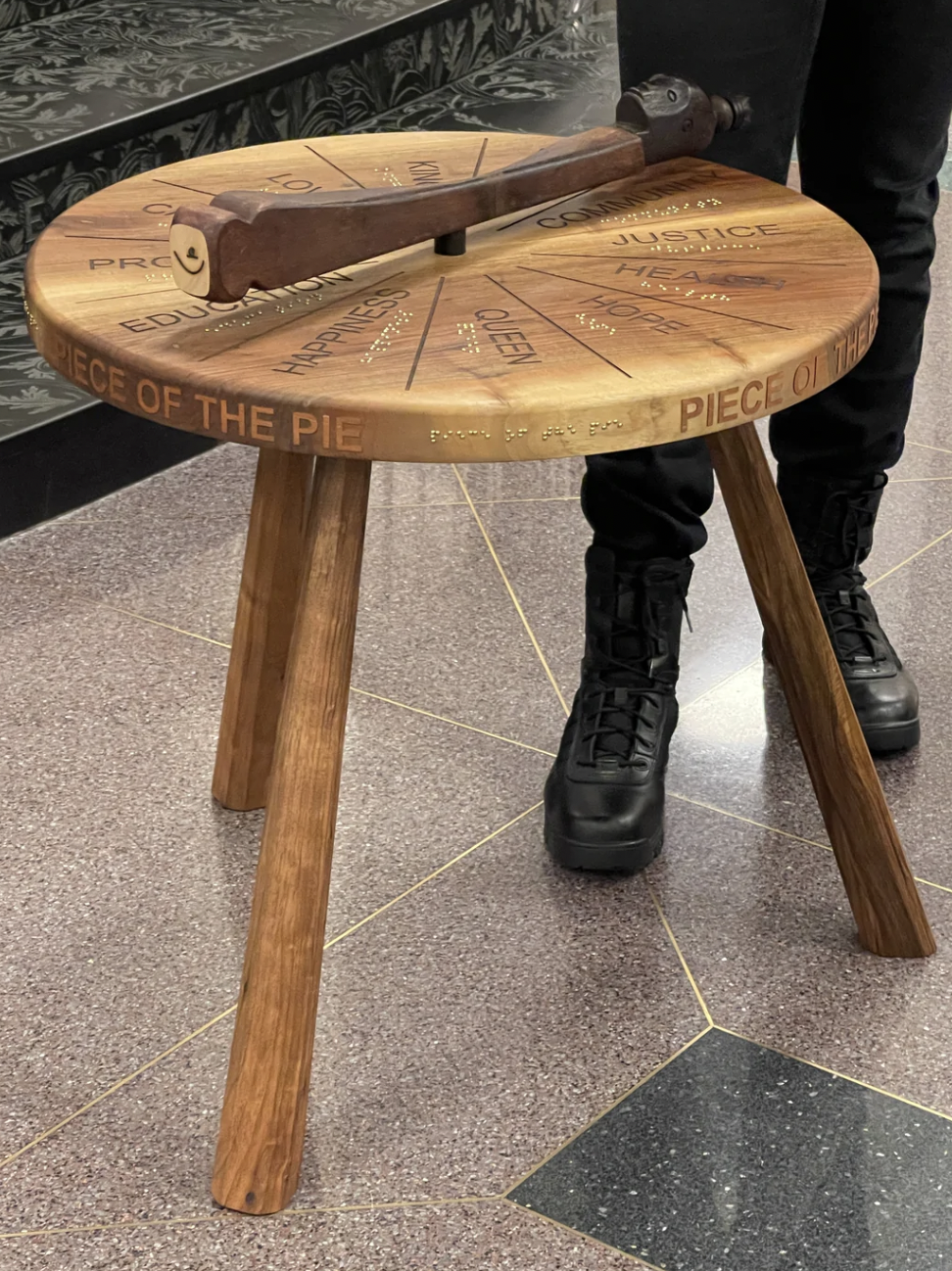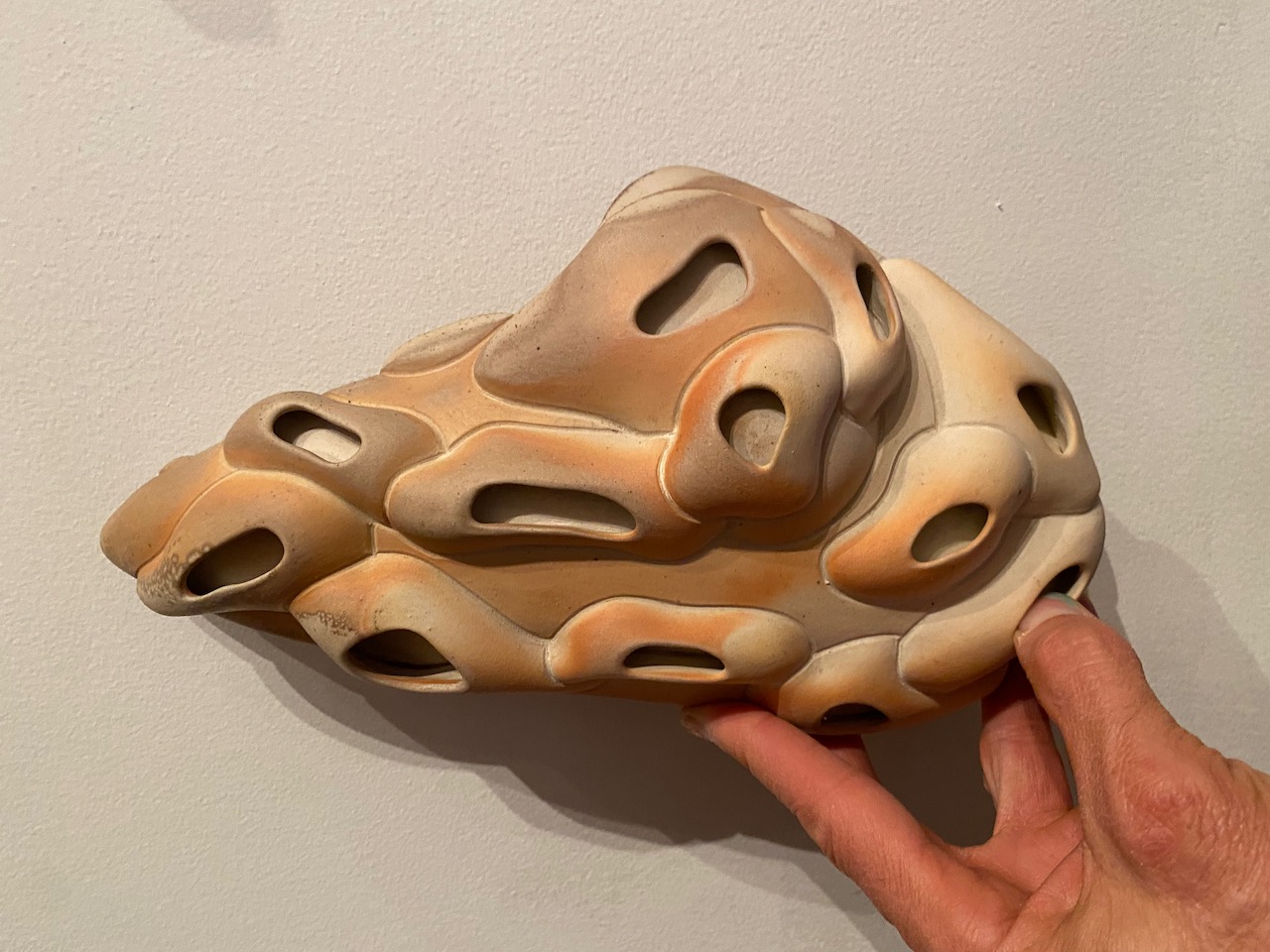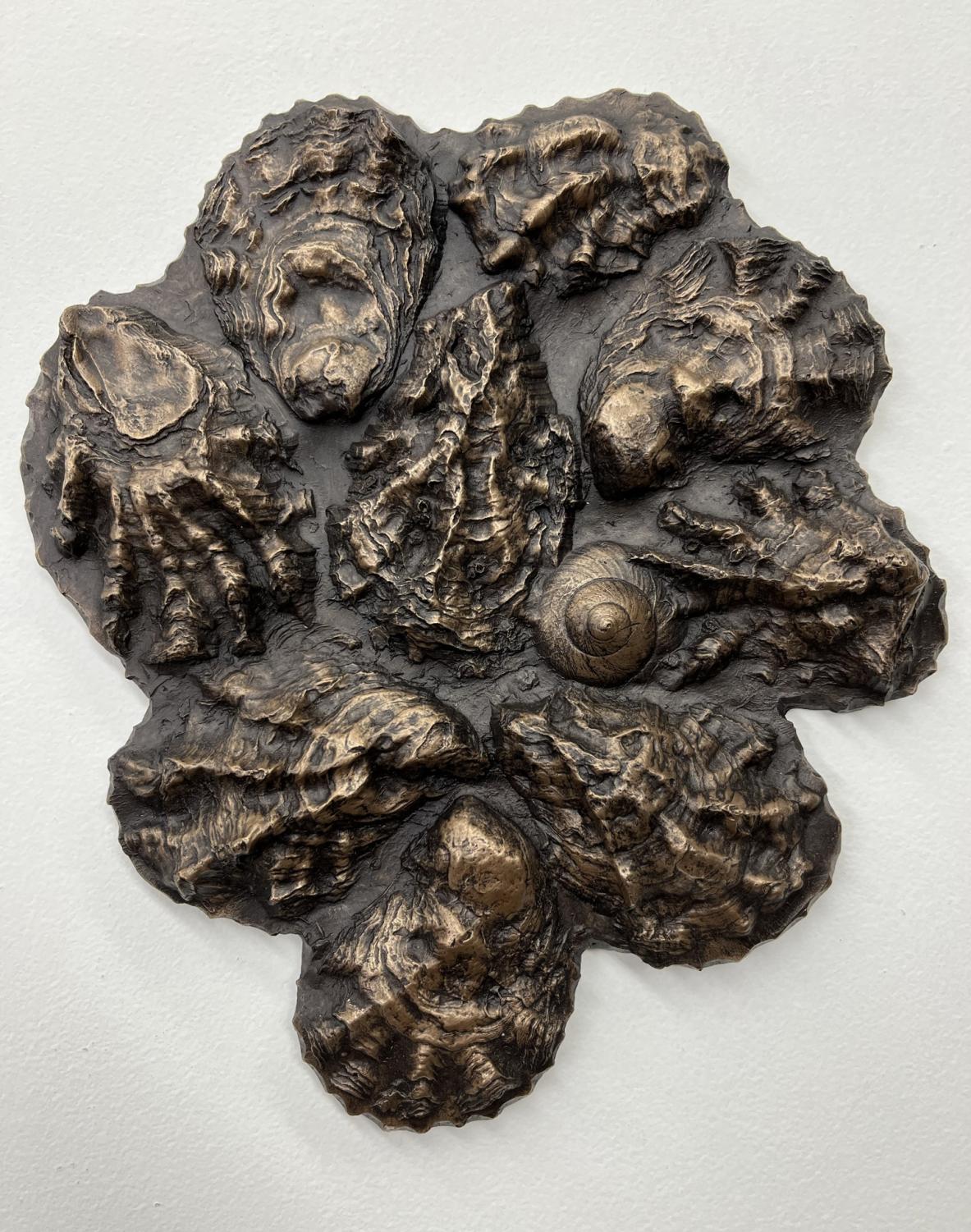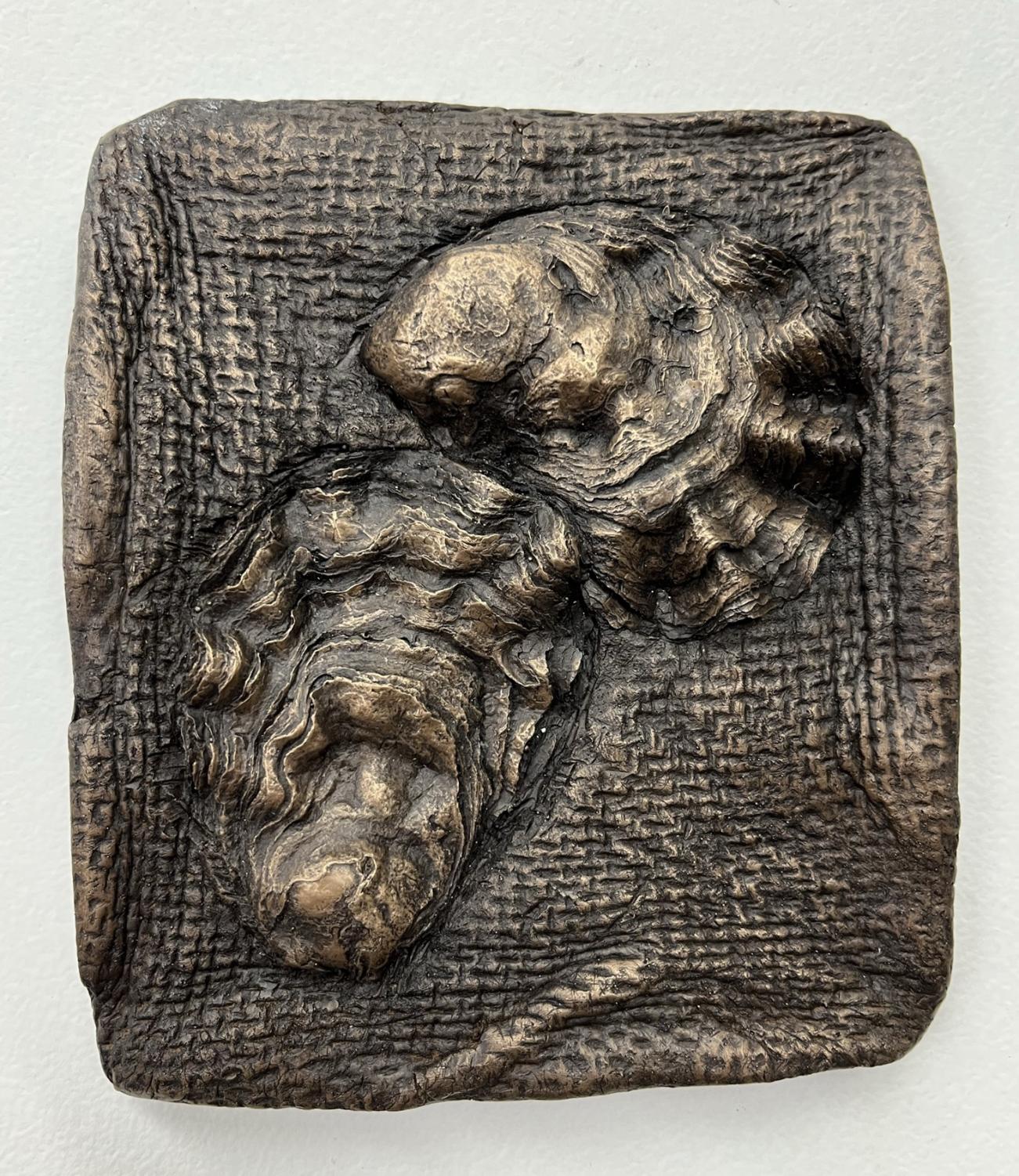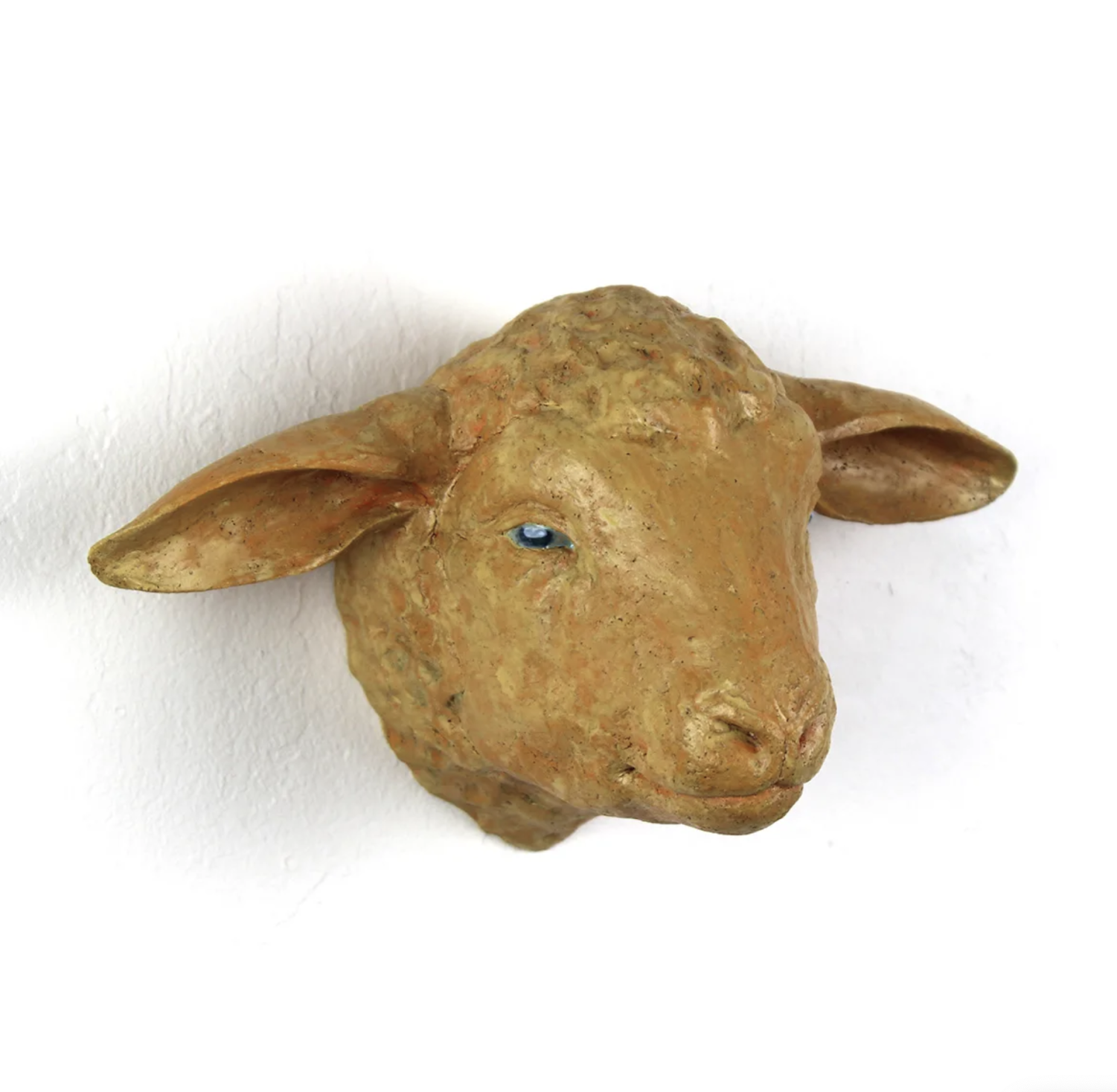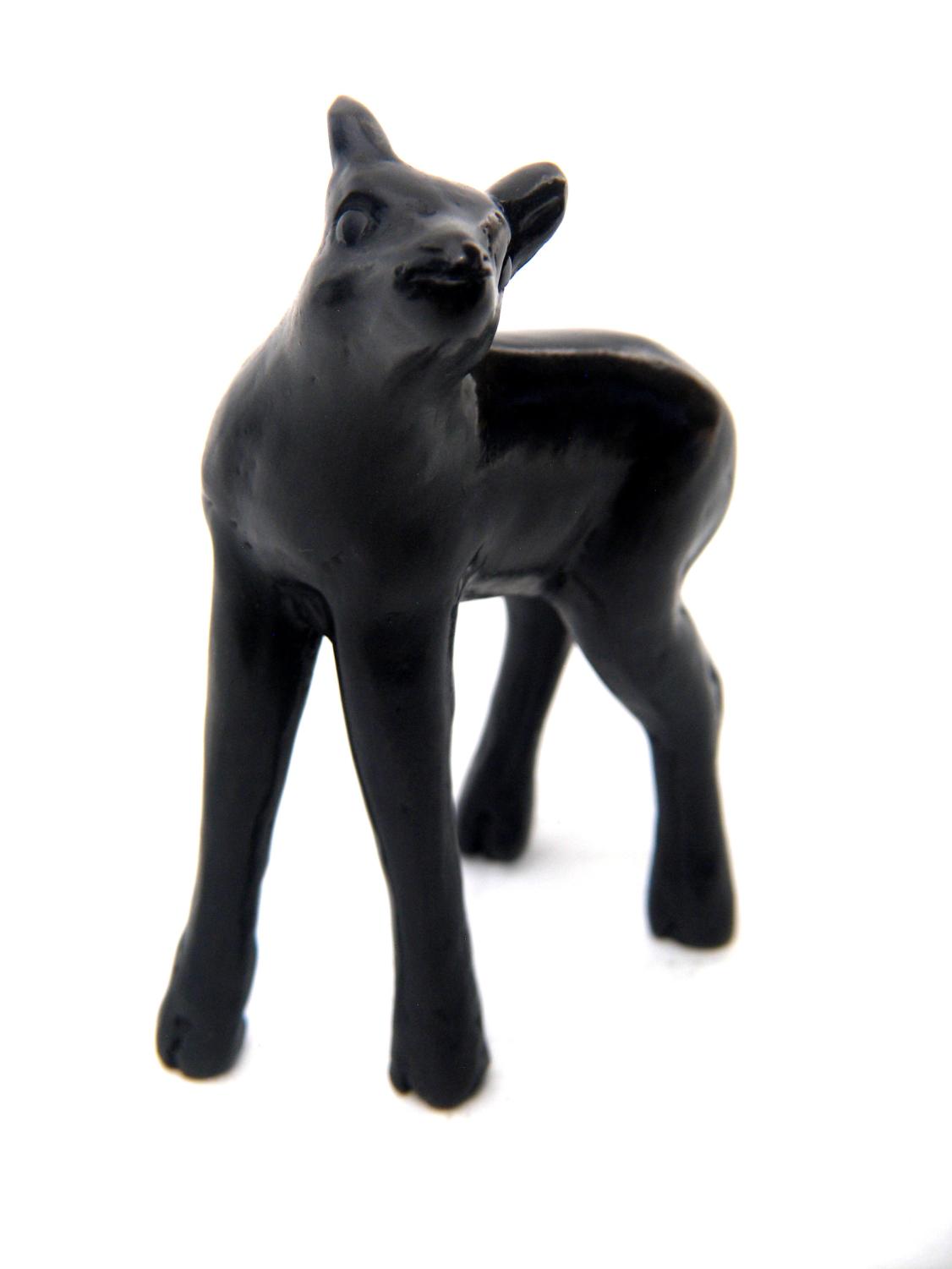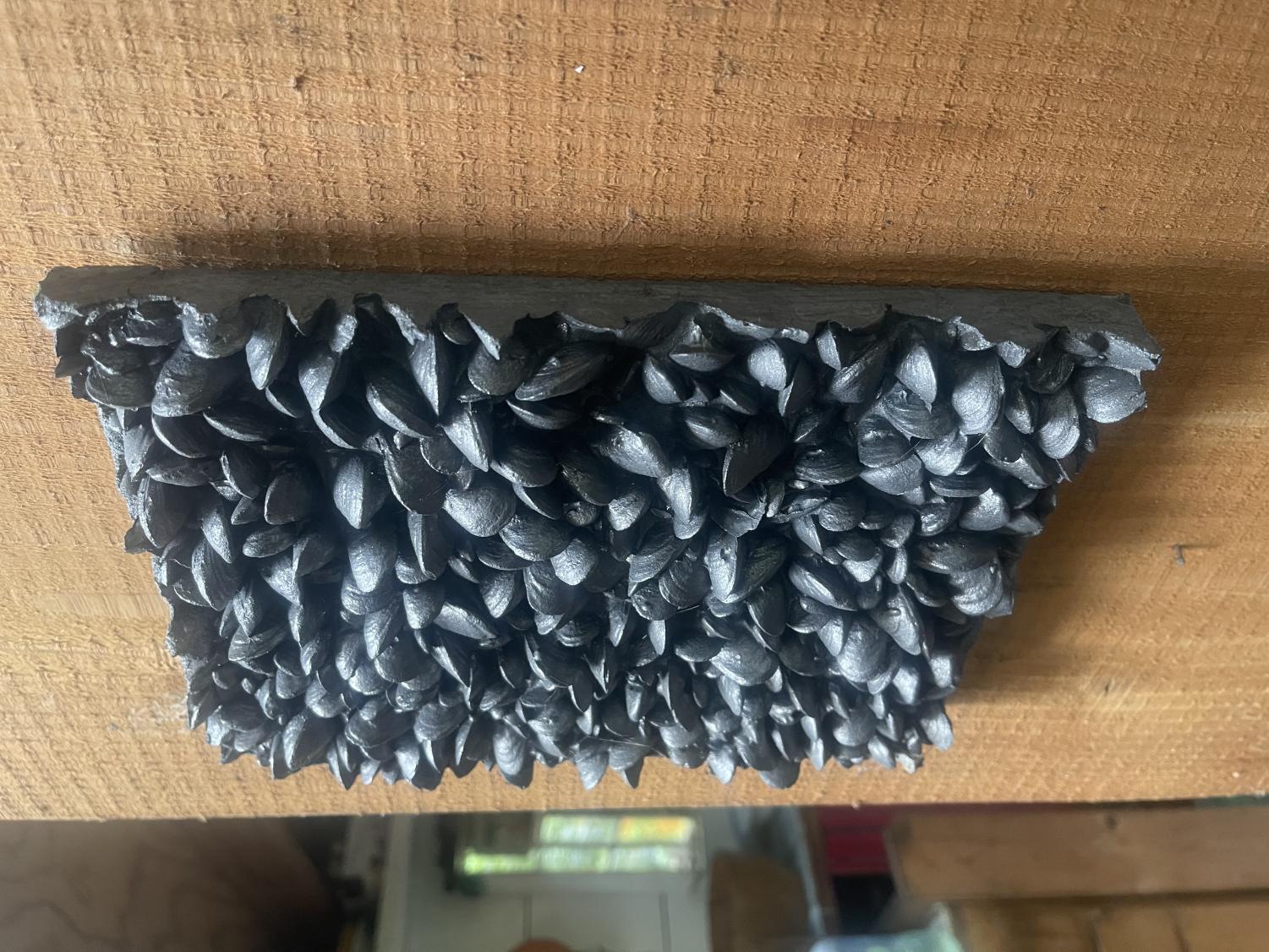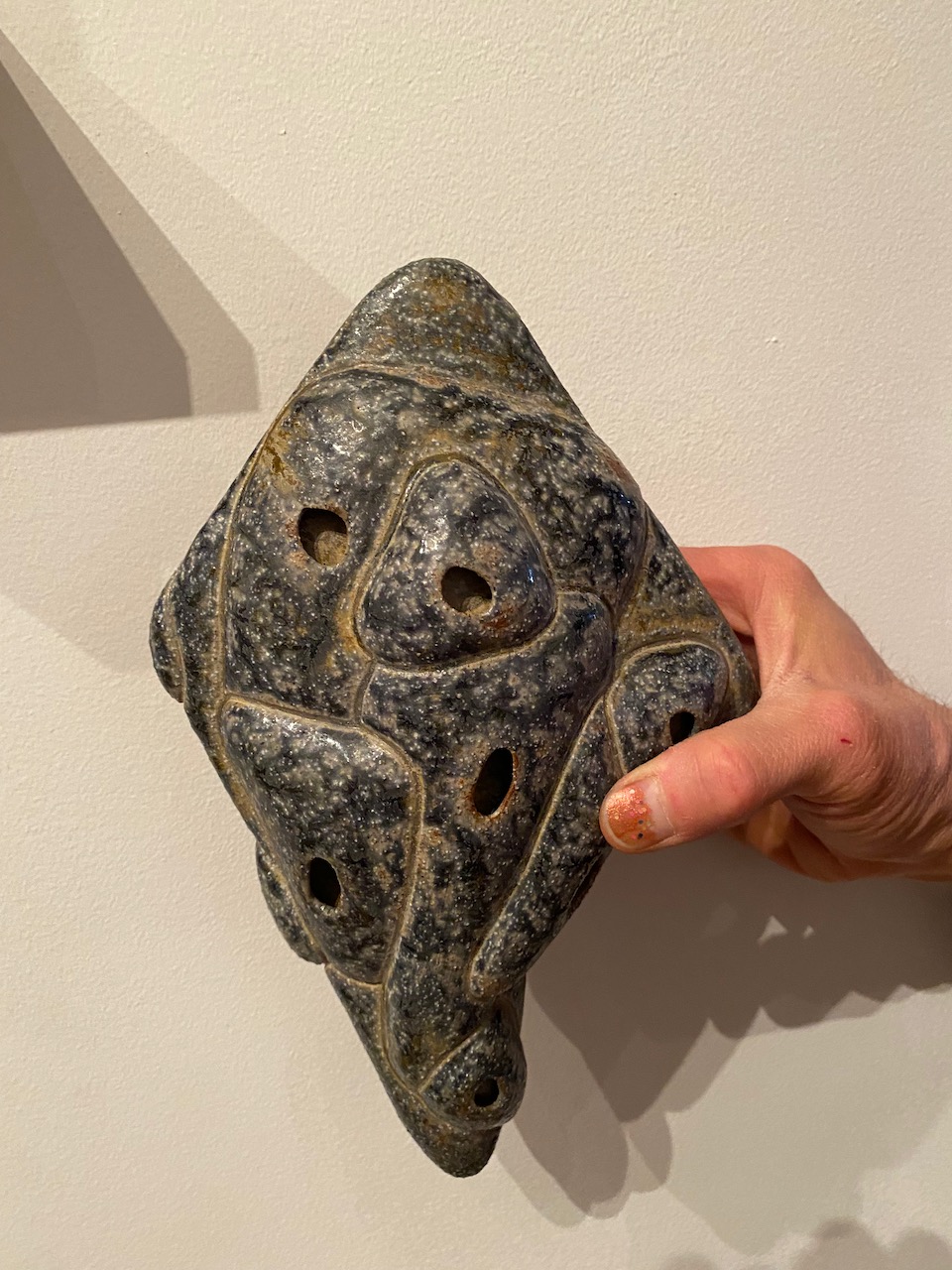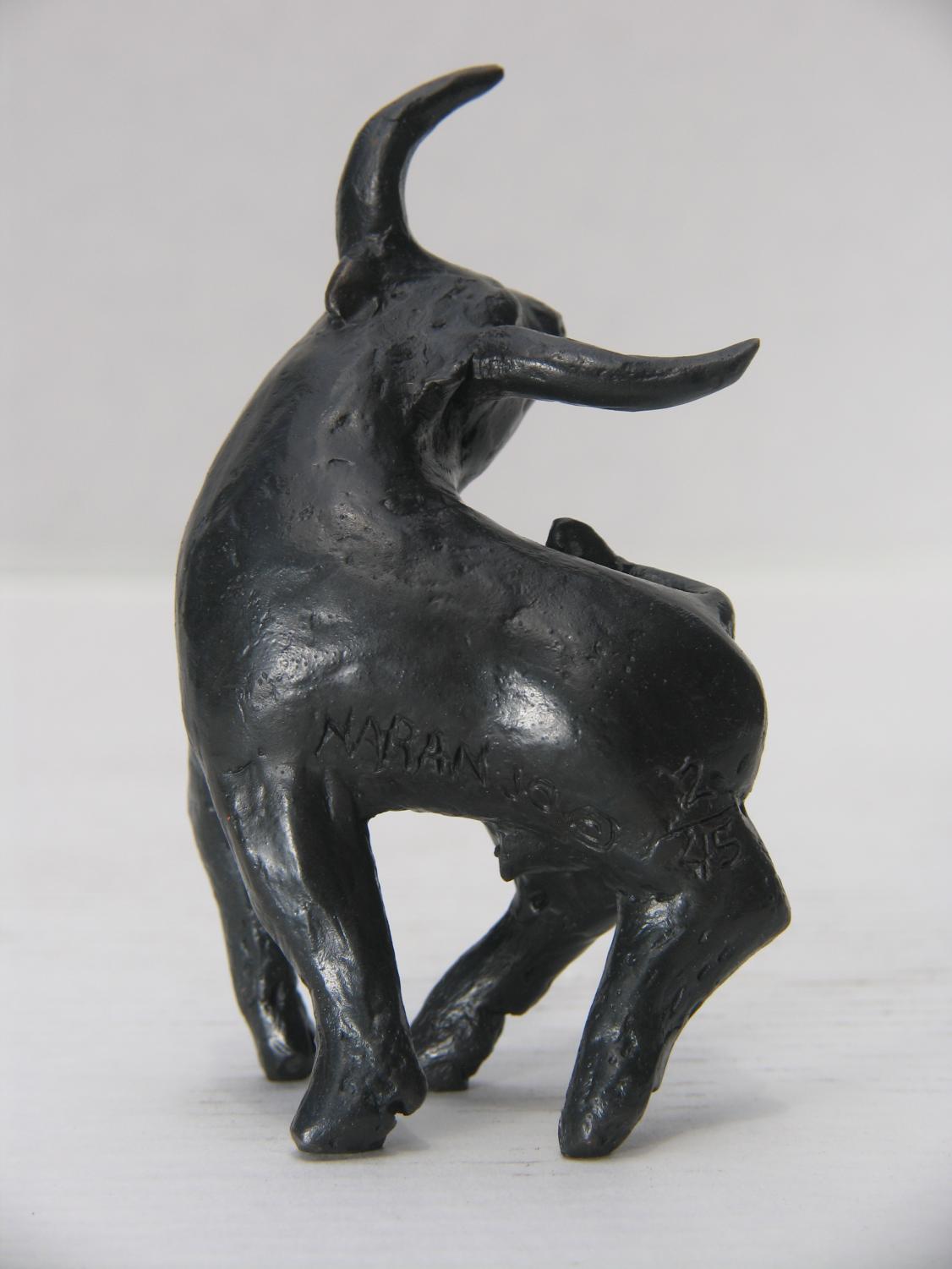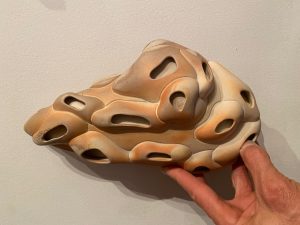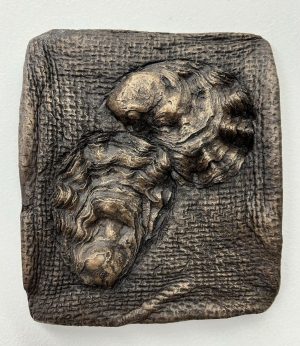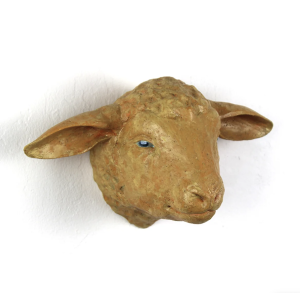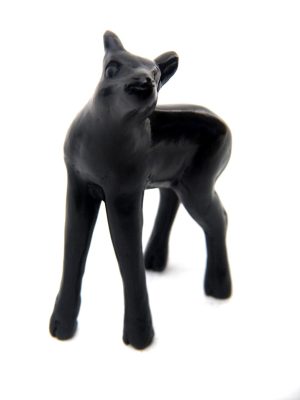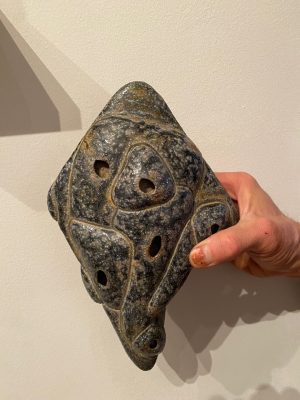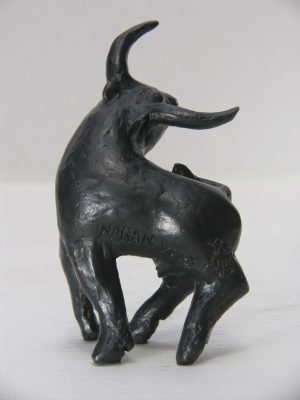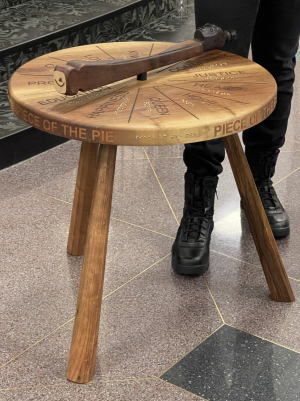Art for the Blind
November 28, 2022
It’s often been said, “Beauty is in the eye of the beholder,” and this might be so, but if you are blind, beauty is felt by the handler.
In his October 2019 Poetry Magazine essay, “Tactile Art,” deafblind poet John Lee Clark writes about art he can touch: “What shall we call it—tactile grammar, semiotics of touch, Protactile aesthetics, tactiletics? True tactile art must have language. It should express and extract meaning. Texture, contour, temperature, density, give, recoil, adsorption, and many other elements are units in this language.”
The message in Clark’s essay has guided Chairman of the Department of Art and Design Gregg Schlanger on his mission to find art for a new residential hall at the Washington State School for the Blind in Vancouver, Washington.
Schlanger is known for his community-oriented art projects. I asked him what inspired him about this project and he said, “I love a challenge.” The State Arts Commission paired Schlanger with Chris Downey, who is the architect for the project.
Downey, the architect of the project, is blind. He was not born blind. He was a practicing architect before a tumor affected his optic nerve and caused his blindness. Undeterred, he turned this challenging experience into an opportunity. He retrained himself in the basic skills necessary to live as a blind person and was then able to create braille-like architectural drawings and an innovative way to make alterations to standard drawings. (Chris Downey | Architectural Digest)
One of the first artworks Schlanger purchased for the residence hall is by Dell Fine Artist, a blind sculptor born in London to Jamaican immigrants. He now lives in Portland, Oregon. After blindness brought an end to his textile design business, he turned to three-dimensional assemblage art and wood carving.
“Piece of the Pie” (2019) incorporates Braille and is made for a hands-on experience. According to his website: “Del seeks to reclaim or establish a portrayal of Black folk in the history of Western culture. Inherently political, his work aspires to be accessible to an inquisitive audience that enters with an open heart and mind.”
Another blind artist whose works will be present in the residence hall is Michael Naranjo, who said: “Being blind makes the pace of life slower; you can’t walk fast or grab for things quickly. Life is more gentle and soft and the change brought my creative energies out.”
Here is a biographical note that I received from Gregg Schlanger about Naranjo: “In 1968, after just a few months in Vietnam, Michael Naranjo was blinded by a grenade. While recuperating in the hospital in Japan, the wounded 23-year-old asked a volunteer for some modeling clay. He’d lost the use of his right hand; with his left, he sculpted a small figure and began his career as a sculptor.
Naranjo’s sculptures often feature the narratives of his childhood: native dances, eagles and buffalo, women carrying water. But his work is wide-ranging — he sculpts mythical creatures, such as mermaids and centaurs, as well as cherubs and nudes. The forms he creates are simple and bold, but the surfaces have a varied texture that viewers are encouraged to touch.” The piece shown here is entitled “Rudolph.”
Among the nine artists chosen to present art for the residence hall, Schlanger picked works by two members of the CWU Art and Design faculty: Howard Barlow, who teaches sculpture, and Stephen Robison, who teaches ceramics. He also picked Crista Ann Ames, who is a resident artist and Studio Manager at Gallery One in Ellensburg.
The biographical note that Schlanger sent me read: “Crista Ann Ames is a sculptor working primarily in ceramics and textiles. Through the layering of mythology, iconography and personal narrative, Crista explores how our own animal nature relates to the ways we establish and sustain personal relationships. Raised on a small hobby farm in Washington State, Crista often draws on her own experiences to explore pastoral life, animal husbandry, women’s craft, and fertility.” “Lamb’s Head” shown here.
Barlow said “Shuck #1” was already cast before the call came, and that he felt this bronze would be just right for the residence hall because of the sensuousness of the shell shapes.
Robison said his works have “viruses and diatom influences.” I asked him if he has an aesthetic theory, and he told me he thinks of line and color and occasionally a word comes into his mind but that mostly he focuses on “calligraphic reference points.”
Allen Moe, who lives in Anacortes, Washington, spent ten years working seasonally as a park ranger in Alaska’s Denali National Park. While homesteading in the Northwestern Brooks Mountain Range, Moe was highly influenced by Eskimo culture and by his surroundings. Other artists involved in this project are Rachael Dorn, John Furniss, and Chris Gryder.
Chris Downey in his TED talk said, “In the disability community, there is a saying, that there are only two kinds of people: those who have disabilities and those who haven’t found theirs yet.
If you design cities with the blind in mind, you’ll have a rich, walkable network of sidewalks with a dense array of options and choices all available at street level. If you design a city with the blind in mind, sidewalks will be predictable and generous.”
In this sense, designing for the blind works both ways in making the world a more comfortable place for everyone to live. It is an attractive proposition to reach out to those who are limited in their appreciation of the visual world that surrounds us, and they can reach out to us with their Insight.
According to John Lee Clark, “the goal of the Protactile movement is for us to get, do and make everything in our own way. After we peeled our language away from visual sign language and remade it completely, reciprocally and proprioceptively tactile, Protactile storytelling, Protactile poetry, and Protactile theater quickly emerged. It makes sense that those forms would come first, as they do not require that we buy anything or lug equipment around or hammer something together. Just ourselves and each other. Protactile theater, though, is starting to play with costumes and props. Does this mean Protactile art is next?”
And so, the mission of Schlanger and the work of the artists he selected for the project at Washington State School for the Blind is in step with the times. A Protactile Art movement is on the rise.



